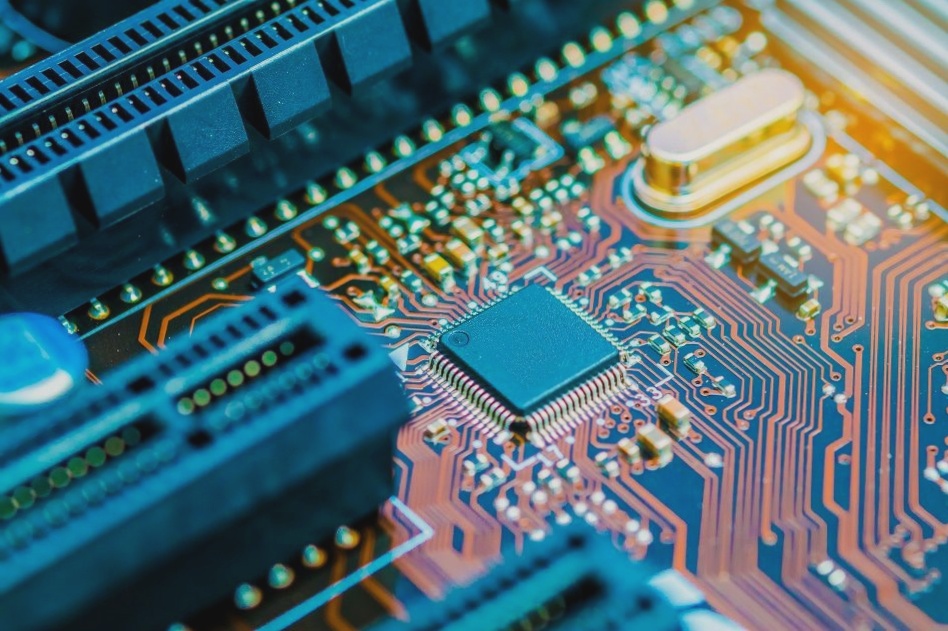PCB Production Methods
Method One:
- Cut the copper-clad board to the specified size from the circuit diagram.
- Create a stencil by engraving the circuit onto wax paper at a 1:1 scale and transferring it onto the board using a paint and talcum powder mixture.
- Prepare a corrosive solution to etch the PCB and rinse thoroughly.
- Apply a rosin solution and let it dry before drilling.
Method Two:
- Create a printed board layout with accurate pad and connection representations.
- Cut and clean the board, then transfer the diagram using carbon paper.
- Apply pre-cut symbols and tape lines based on component requirements.
- Press the components firmly onto the board and immerse it in ferric chloride for corrosion.
For more detailed instructions and images, visit Well Circuits.

Method Three:
- Create a protective paint using shellac and alcohol for the PCB board.
- Draw the circuit using a duckbill pen for precise lines.
- Etch the board in ferric chloride after drawing the circuit.
Ensure to store the protective paint properly in a sealed bottle to maintain its consistency.
Creating High-Quality PCB Circuit Boards
To create a high-quality PCB circuit board, follow these steps:
Step 1: Circuit Design
- Adhere a sticky note to the copper foil of the copper-clad board.
- Draw the circuit design on the sticky note.
- Use a cutter to carve through the note to create the desired circuit pattern.
- Remove the excess non-circuit areas.
Step 2: Corrosion Process
- Perform the corrosion at a temperature of approximately 55 degrees Celsius for faster results.
- Rinse the corroded circuit board with clean water.
- Remove the sticky notes.
- Make any necessary holes.
- Wipe the board clean.
- Apply a rosin alcohol solution.
Production Method Five:
- Arrange components on the PCB according to size and schematic diagram.
- Position larger components first, followed by smaller ones.
- Focus on an overall layout before fine-tuning local arrangements.
- Place adjacent components close to each other for an organized layout.
- Avoid right-angle turns in connecting wires; use curves for transitions.
- Ensure wires do not cross or extend too far.
- Consider printing wires on the reverse side of the board or using insulated wires when necessary.
- Position input and output sections farther apart to minimize interference.

